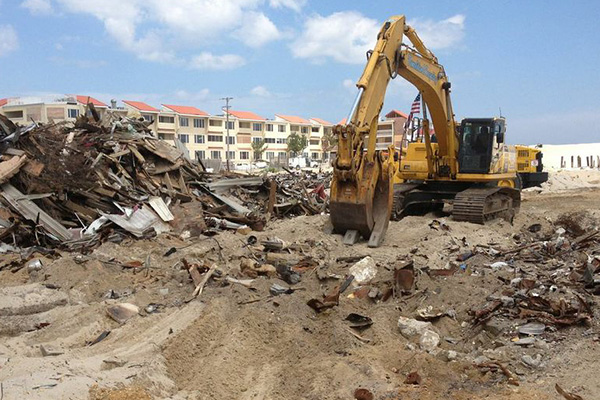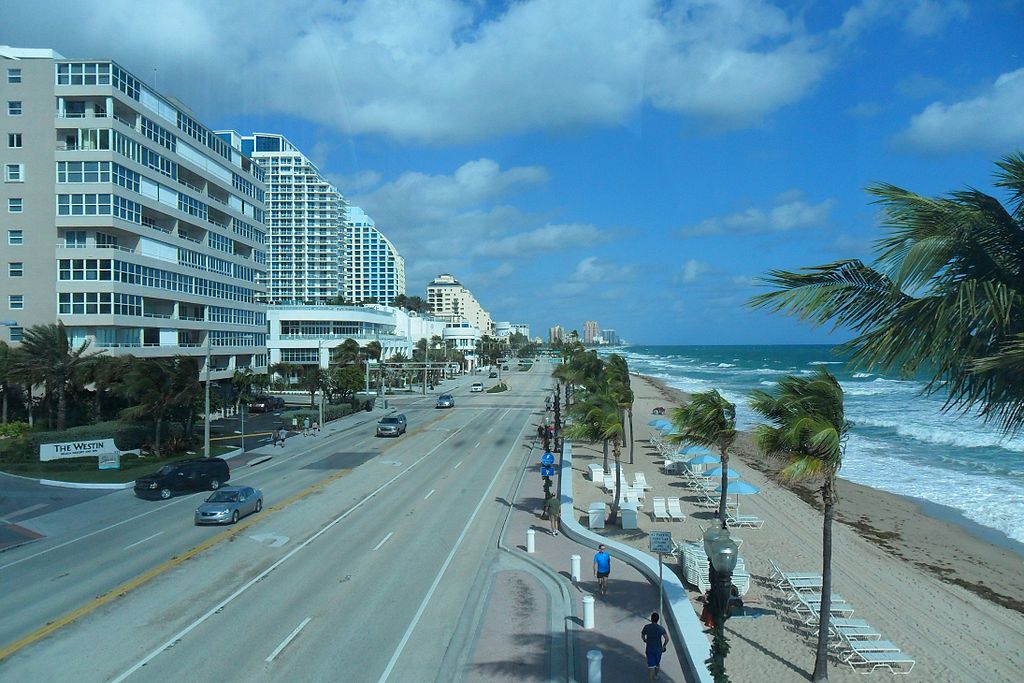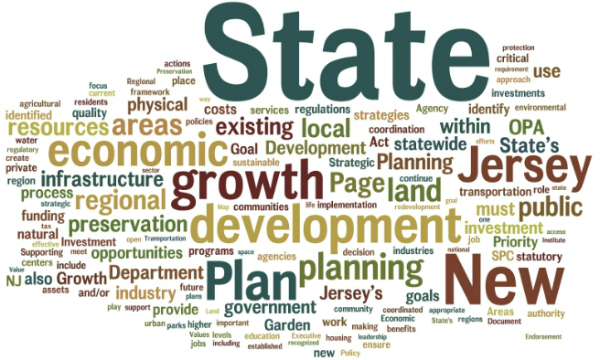New Jersey Future Blog
Development Style Can Reduce Road Costs
February 13th, 2001 by Tim Evans
Road Costs and New Development
- Laying a local, two-lane road typically costs $1 million a mile.
- The cost per resident can be reduced dramatically if plans for new roads are coordinated with plans for more compact development – even when that development is no more “compact” than found in a small town.
- Roads built to serve sprawling new development in the pattern of Montgomery Township or Raritan Township (500 people per square mile) cost local taxpayers on average $10,000 per person.
- Costs drop all the way to $3,000 per person when new roads are built to serve communities built no more compactly than Princeton, Red Bank, Montclair or Collingswood (5,000 to 7,500 people per square mile).
- Residents of new urban-style development in the pattern of Hoboken or Jersey City share the smallest costs for their new roads: Less than $2,000 per person.
(Source: The observed relations between actual NJ communities and road costs, in a formula estimated by Rutgers University in its “Impact Assessment of the New Jersey State Plan”)
A growing community can control how much cost its residents will bear for new roads by planning for more compact development.
Even a small change can yield large results – though residential neighborhoods in Montgomery Township and West Windsor Township in central Jersey look visually the same to most people, the residents of new communities patterned after the slightly more compact West Windsor (800 people versus 500 people per square mile) would pay substantially less on average for new roads: about $8,000 per resident versus $10,000.
Better still, that amount can be cut in half, to $4,000 per resident, if new development is patterned after a more traditional “Leave It To Beaver”-style residential community like Summit; or a more suburban “Wonder Years”-style community, like Pennsauken.
Of course, when new development is placed within existing communities, using existing roads and sewers, the additional tax burden of growth is the lightest possible.
Independent experts project that local taxpayers could save as much as $2.3 billion on roadway construction and water/sewer upgrades in the next 20 years by following the guidelines for more compact development offered by the State Plan.
Facts Contact:
B. Tim Evans, NJF Research Director
timevans njfuture
njfuture org (timevans
org (timevans njfuture
njfuture org)
org)
















